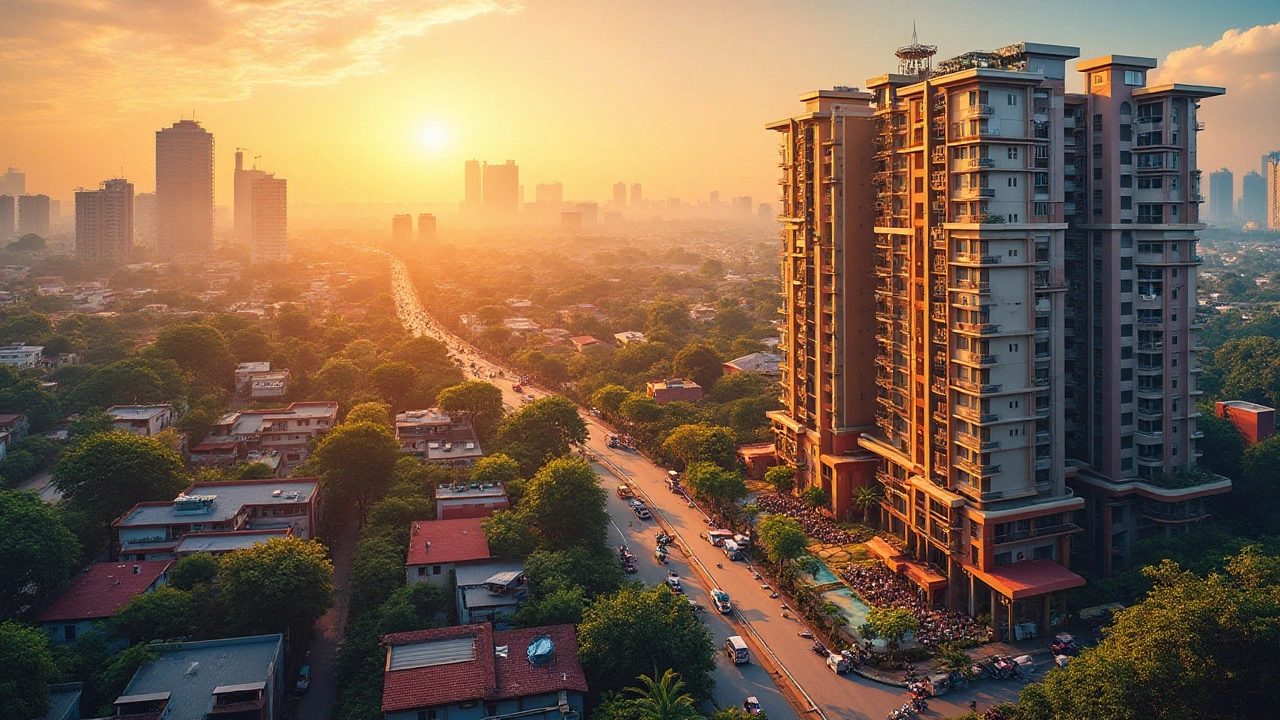Mumbai Real Estate: Your Quick Guide to Buying, Renting, and Investing
If you’re scrolling through listings and wonder where to start, you’re not alone. Mumbai’s market moves fast, but the right info can keep you from feeling lost. Below you’ll find the most useful pointers on neighborhoods, prices, paperwork, and how to make a smart move whether you’re buying, renting, or investing.
Why Mumbai Is Still a Hot Property Market
First off, Mumbai isn’t just a city—it’s a hub of jobs, culture, and transport. That mix drives constant demand for homes. Even when the economy slows, people still need places close to offices, schools, and the local train network. This demand keeps property values steady and often pushes them higher in popular zones like Bandra, Juhu, and Powai.
Another boost is the rapid development of infrastructure. Projects such as the Metro, coastal road, and new highways make previously remote areas more reachable. As connectivity improves, you’ll see price appreciation in suburbs that were once considered “far out.”
Practical Tips for Buyers and Renters
Start with a budget. For buying, a common rule is to keep the loan amount below 50% of your monthly income. For rentals, many locals aim to spend no more than 30% of earnings on rent. Use online calculators to test different down‑payment and EMI scenarios before you talk to a bank.
Choose a reputable broker. In Mumbai, brokers usually charge 1% to 2% of the transaction value. Ask for a written agreement that lists the fee, services, and any cancellation terms. A good broker can save you time, especially when navigating complex documents.
Do a title check. Ask the seller for the original title deed and verify it at the local sub‑registrar office. Ensure there are no pending litigation or unpaid taxes on the property. A quick legal scan can prevent headaches later.
Know the locality. If you work in South Mumbai, neighborhoods like Colaba or Marine Drive give you walkable access but come with premium prices. If you prefer a quieter vibe, consider suburbs like Chembur or Mulund, where you get more space for less money. Check nearby schools, hospitals, and the nearest train or bus stop – these factors affect both resale value and daily comfort.
Understand the rental agreement. The standard lease in Mumbai lasts 11 months, with a security deposit of up to two months' rent. Make sure the agreement mentions rent increase clauses, maintenance responsibilities, and notice periods. Keep a copy of every receipt you hand over.
If you’re an investor, look beyond price. Rental yields in Mumbai typically range from 3% to 5% depending on the area. High‑end zones give lower yields but potential capital gains, while emerging suburbs offer higher yields but more risk. Diversify your portfolio by mixing residential and commercial units if you can.
Finally, stay updated on policy changes. The Maharashtra government occasionally revises stamp duty rates, housing schemes, and rental caps. A quick check on the official portal or a chat with your broker can keep you from overpaying.
With these basics in hand, you’re ready to explore listings, set up viewings, and make an informed decision. Mumbai’s real estate market rewards those who act fast but also punishes those who skip the homework. Take one step at a time, and you’ll find a home or investment that fits your goals.
Current Costs of 2BHK Flats in Mumbai: A Comprehensive Guide
by Arjun Mehta Feb 1 2025 0 ApartmentsExploring the cost of 2BHK flats in Mumbai, a vibrant city known for its fast-paced lifestyle and diverse economic opportunities. This article delves into the factors influencing the property market, such as location and amenities. Learn about the varying price ranges across different suburbs and get tips for prospective buyers. Discover surprising facts and gain a better understanding of one of India's most competitive real estate markets.
READ MORE